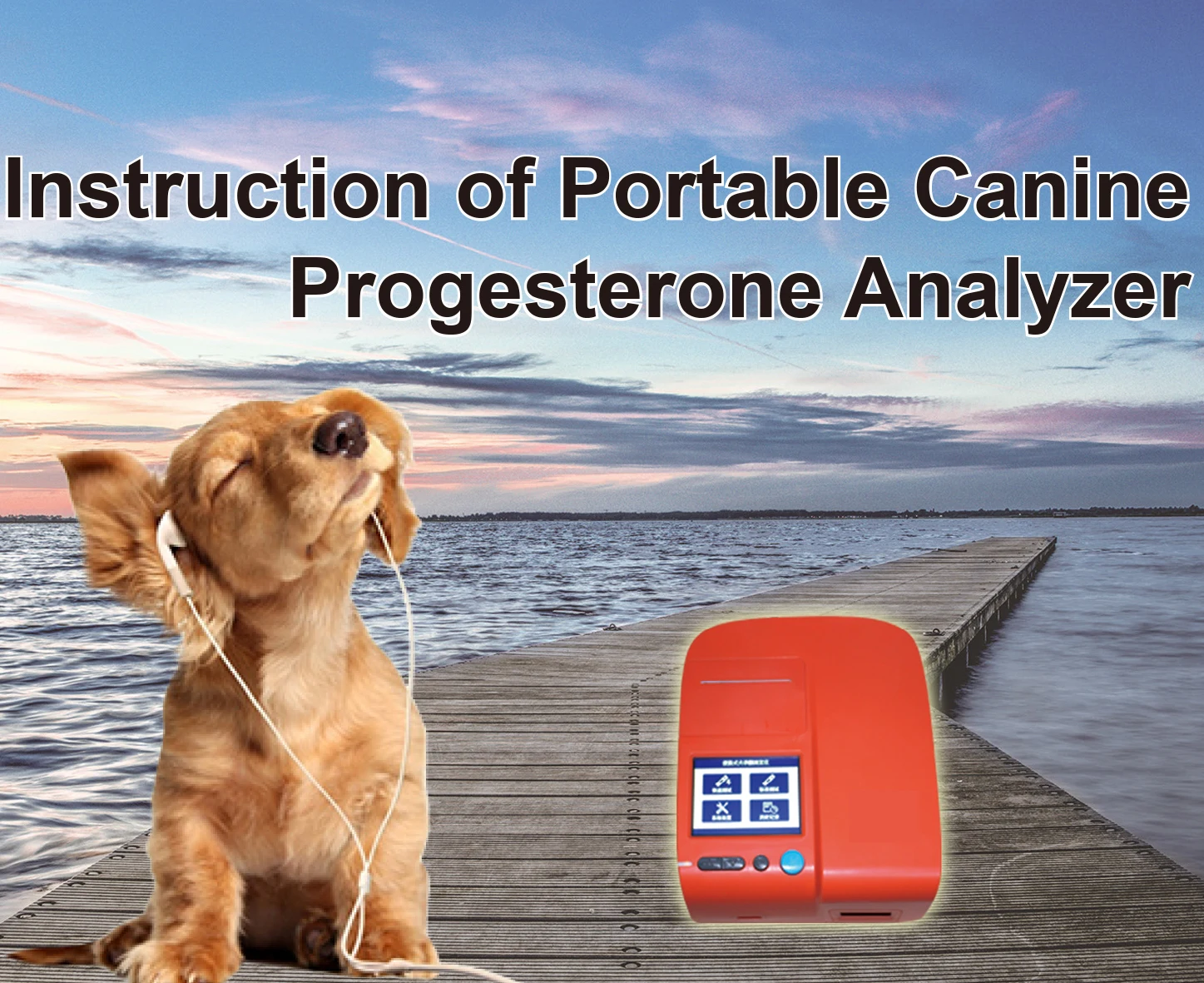Ultimate Guide: Instructions for a PET Scan - Everything You Need to Know
Guide or Summary:What is a PET Scan?Preparation: Instructions for a PET ScanDuring the PET ScanAfter the PET ScanA Positron Emission Tomography (PET) scan i……
Guide or Summary:
A Positron Emission Tomography (PET) scan is a powerful imaging technique that provides critical insights into the functioning of organs and tissues in the body. If you or a loved one has been advised to undergo this procedure, understanding the instructions for a PET scan is essential to ensure a smooth experience. This comprehensive guide will walk you through everything you need to know, from preparation to what to expect during and after the scan.
What is a PET Scan?
A PET scan is a non-invasive imaging test that helps physicians diagnose and monitor various medical conditions, particularly cancer, heart disease, and brain disorders. By using a small amount of radioactive material, the scan captures images of metabolic activity in the body. This allows doctors to see how organs and tissues are functioning, which is crucial for accurate diagnosis and treatment planning.
Preparation: Instructions for a PET Scan
Proper preparation is key to obtaining the most accurate results from your PET scan. Here are the detailed instructions for a PET scan preparation:
1. **Dietary Restrictions**: Typically, you will be advised to avoid eating for several hours before the scan. This helps to minimize any interference from food in the imaging process. In most cases, fasting for 6 hours is recommended. However, you can usually drink water.
2. **Medication Management**: Inform your doctor about any medications you are currently taking. Some medications may need to be paused before the scan, especially those that affect glucose metabolism.

3. **Clothing and Accessories**: Wear comfortable, loose-fitting clothing. Avoid wearing jewelry, makeup, or any items that contain metal, as they can interfere with the imaging process.
4. **Arrive Early**: Plan to arrive at the imaging facility at least 15 minutes before your scheduled appointment. This will allow time for registration and any last-minute instructions.
During the PET Scan
Understanding what to expect during the scan can help ease any anxiety. Here’s a step-by-step overview of the process:
1. **Radiotracer Injection**: A small amount of radioactive material (radiotracer) will be injected into a vein, typically in your arm. You may feel a slight pinch during the injection.
2. **Waiting Period**: After the injection, you will need to wait for about 30 to 60 minutes for the radiotracer to distribute throughout your body. During this time, you may be asked to sit quietly to avoid any unnecessary movement.

3. **Scanning Process**: Once the waiting period is over, you will lie down on a table that slides into the PET scanner. The scanner is a large, doughnut-shaped machine. You will need to remain as still as possible during the scan, which usually lasts between 20 to 40 minutes.
4. **Post-Scan Instructions**: After the scan, you can typically resume your normal activities. Drink plenty of fluids to help flush the radioactive material from your body.
After the PET Scan
After your PET scan, you may wonder what comes next. Here’s what you should know:
1. **Results**: Your doctor will review the images and discuss the findings with you. This may take a few days, so be patient.
2. **Side Effects**: Most people do not experience any side effects from the radiotracer. However, if you feel unwell or have any unusual symptoms, contact your healthcare provider.

3. **Follow-Up Care**: Depending on the results, your doctor may recommend further testing or treatment options.
In conclusion, understanding the instructions for a PET scan can significantly enhance your experience and ensure accurate results. By following the preparation guidelines, knowing what to expect during the procedure, and understanding the post-scan process, you can approach your PET scan with confidence and clarity. Always consult your healthcare provider with any questions or concerns to ensure a smooth and successful imaging experience.